The psychological war between Russia and Ukraine
Ukraine is harnessing social media to combat Moscow’s blunt fear tactics
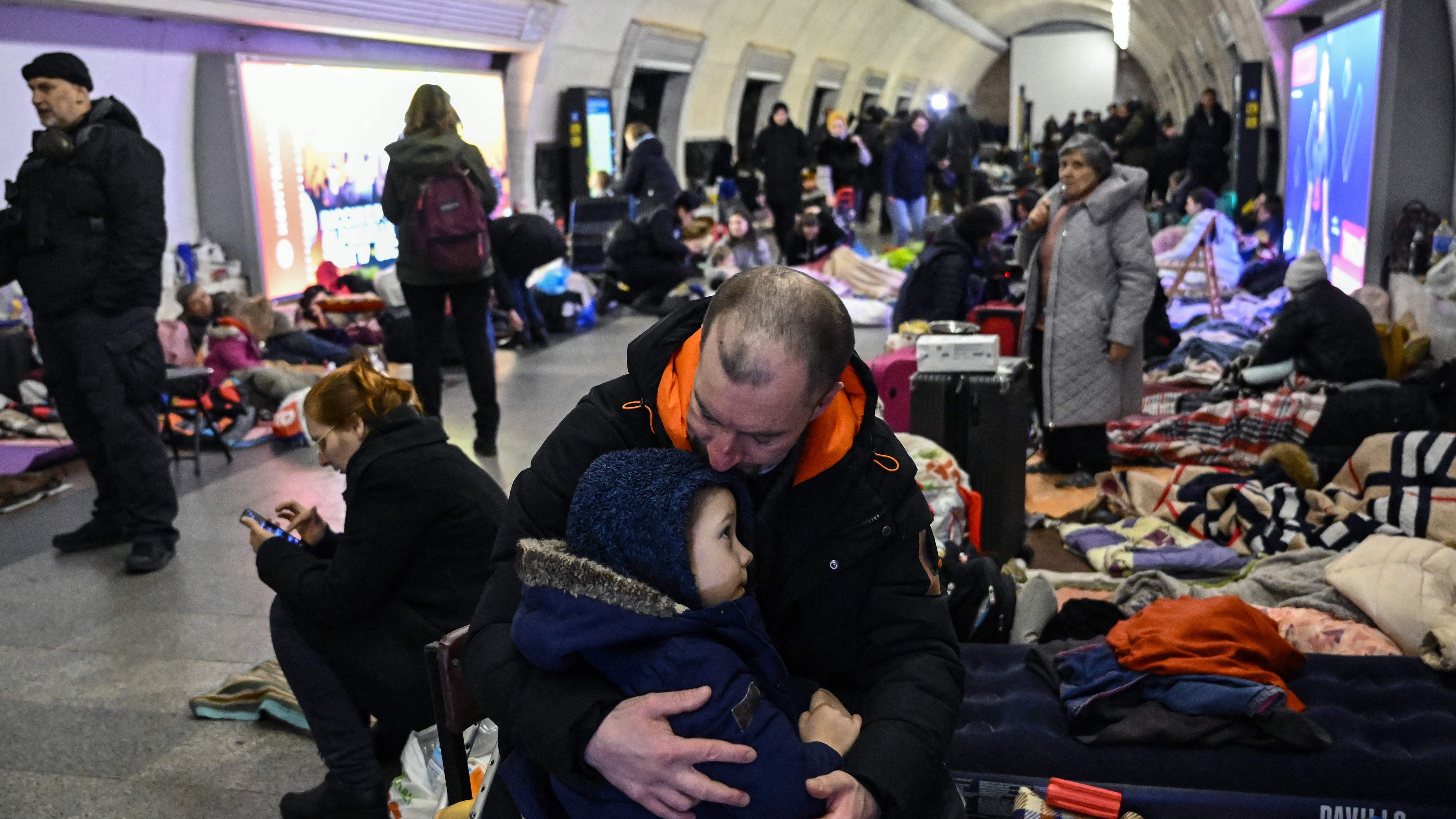
Buildings in the Ukrainian capital city are being marked by Russian “saboteurs” in an attempt to spread fear and panic among the population, it has emerged.
“Terrifying pictures” have emerged showing “apartment buildings in Kyiv with red crosses on their roofs”, The Sun reported, while a video circulating on social media allegedly shows “a pro-Russian marking the location of a gas pipe on a high-rise residential building, to allow Moscow’s forces to target it for maximum devastation”.
Kyiv’s local authority said on its Telegram channel that “residents of high-rise buildings that have access to the roof” should “urgently check the roof for signs”, adding that covering them with dirt or other materials would make them invisible to Russian forces.
The Week
Escape your echo chamber. Get the facts behind the news, plus analysis from multiple perspectives.

Sign up for The Week's Free Newsletters
From our morning news briefing to a weekly Good News Newsletter, get the best of The Week delivered directly to your inbox.
From our morning news briefing to a weekly Good News Newsletter, get the best of The Week delivered directly to your inbox.
But the markings are just one of the tactics being deployed to try to gain an upper hand in what has become a psychological war.
Terror tactics
Ukrainian president Volodymyr Zelenskyy has accused Russia of trying to spread “terror” after missiles hit what the BBC described as “the cultural heart” of Kharkiv on Monday. The attack targeted Freedom Square, Europe’s second largest city-centre square.
“There were no military targets in the square – nor are they in those residential districts of Kharkiv which come under rocket artillery fire,” Zelenskyy said of the attack.
The marking of residential buildings in the capital has prompted fears that attacks on non-military targets could soon be used in Kyiv. As a result citizens are being asked by the government to use “social media to report suspicious activity” to the city’s authorities, The Sun said.
A free daily email with the biggest news stories of the day – and the best features from TheWeek.com
As well as the red crosses, “lights tuned to specific coloured frequencies” and devices that can “act as homing beacons” are also being deployed, the paper reported. “Small transmitters” that are also thought to be the work of Russian operatives have also appeared “on significant road intersections and infrastructure facilities”.
The message has spread within the civilian population. Anastasia Russo, a Kyiv resident, told the Associated Press: “Many people are walking around the streets, even children, looking for these marks… we are doing everything we can to cover them.”
Nika Melkozerova, executive editor of The New Voice of Ukraine, tweeted that her neighbours have also started checking their roof regularly, adding: “Our intelligence says saboteurs leave marks for avia strikes on the roofs of high resident buildings in Kyiv.”
Spy games
As rumours spread throughout the country of Russian “‘saboteurs” deployed to Kyiv by the Kremlin to assassinate President Zelenskyy, foreign journalists on the ground began describing an atmosphere of tense suspicion.
The government imposed a curfew, warning citizens that they would be “liquidated” if they were caught on the streets during the city-wide lockdown. The stark warning meant people “are on high alert for Russian agents hiding among them”, Politico reported.
Stories of “Russian agents masquerading as Ukrainians – even in stolen Ukrainian army uniforms – are fanning both suspicion and an increased sense of solidarity”, the site said. But this solidarity is “accompanied by a growing suspicion of anyone acting strangely – taking photographs, for example, or asking too many questions”.
Lily Hyde, a Politico reporter in the besieged city, described having her bags, pockets and documents checked by “scrupulously polite” police officers before being asked to leave an air raid shelter as her “presence was disturbing local people”.
Evidence suggests that Russia has in fact deployed mercenaries to the capital, with insiders telling The Times that the Wagner Group, a private paramilitary organisation, has sent more than 400 operatives to Kyiv in recent months.
But the effect of being told to “be on the look-out for Russian sabotage and infiltration groups”, Politico said, has had “an immediate effect”.
Psychological warfare
Russia is also deploying manipulation tactics at home, with The Guardian reporting that “untrue claims about genocide and authorities in Kyiv supporting nazism” are among the “most common falsehoods” being pushed to sell the war to the Russian people.
NewsGuard, a US-based organisation monitoring the trustworthiness of news and information websites, found that baseless claims of Russian-speaking residents in Donbas being “subjected to genocide” and “Polish-speaking saboteurs” attempting to “bomb a chlorine plant in Donbas” are the most cited justifications for the invasion.
Allegations that Ukrainian forces “bombed a kindergarten in Luhansk”, an attack actually carried out by Russian-separatist forces, and that “Nazism is rampant in Ukrainian politics and society” are also commonly made in Russian state-controlled media.
CNN senior media reporter Oliver Darcy said that after watching “several hours” of Russian television, he was “struck by how brazenly its hosts and personalities worked to mislead its audience and deflect from the issues at hand”.
The framing of the conflict attempts to paint Russia as the “liberator” and not even “necessarily the aggressor”, he said.
Russia Today has even “aimed to portray Russia as a country that cares deeply about humanitarian issues”, running headlines including: “Russian schools welcome hundreds of schoolchildren from Donbass.”
Online conflict
Ukrainian officials are pushing back against this framing, using “viral posts” to “shape public opinion and shake Western governments into action”, The Economist said.
Even before the outbreak of war, President Zelenskyy was “one of the most followed heads of state” in the world on Twitter and uses his platform to “attract the attention of international as well as domestic audiences”.
Ministers and officials have “followed Zelensky’s lead”, posting and promoting “viral content” that pushes the Ukrainian cause on to timelines around the world.
Often the content of these posts can seem “frivolous” given the conflict raging in Ukraine’s major cities. But “the battle for online likes and shares is part of a strategy to shape the views of Western voters and their governments”, the paper added.
-
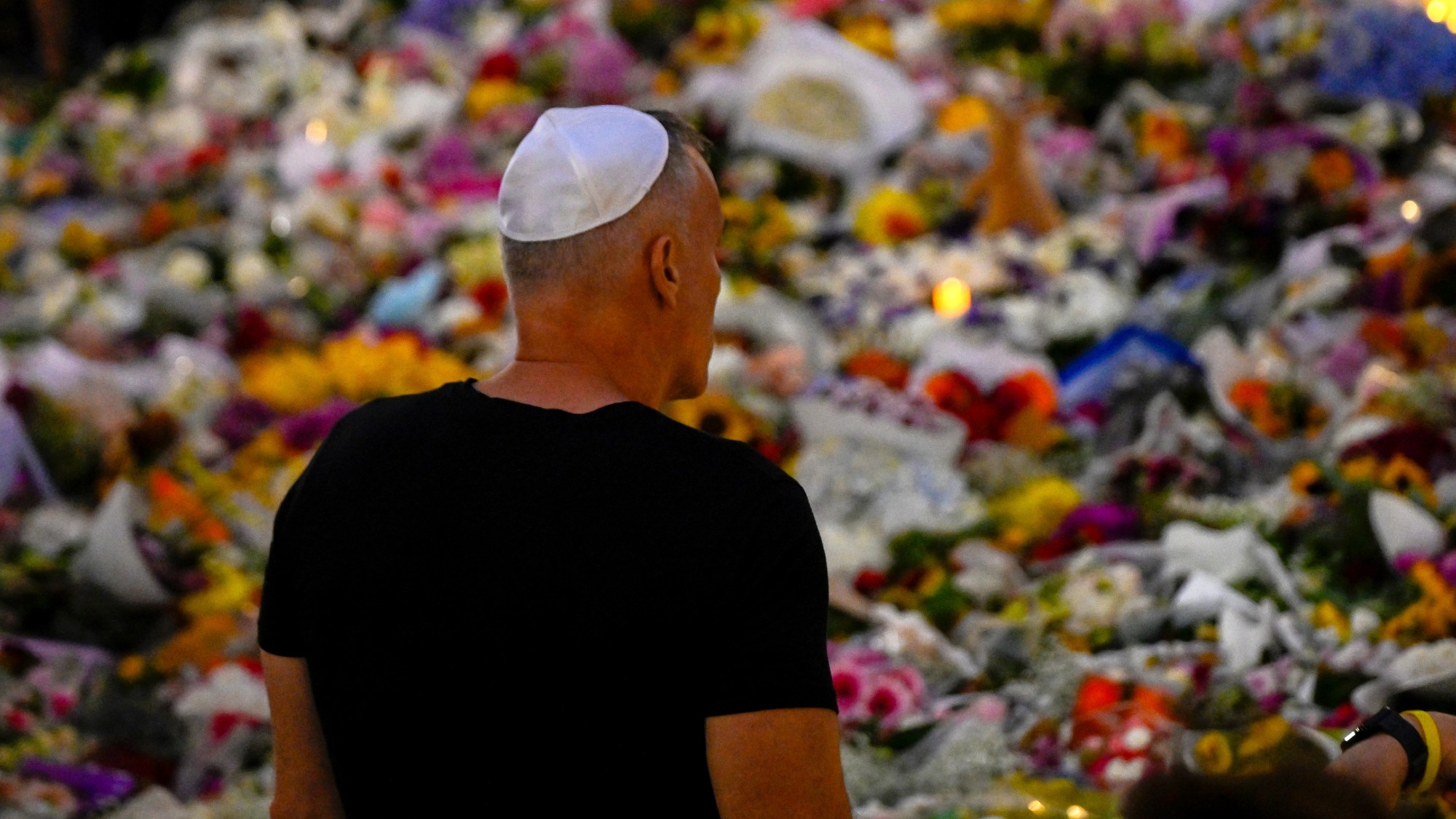 Who is fuelling the flames of antisemitism in Australia?
Who is fuelling the flames of antisemitism in Australia?Today’s Big Question Deadly Bondi Beach attack the result of ‘permissive environment’ where warning signs were ‘too often left unchecked’
-
 Bulgaria is the latest government to fall amid mass protests
Bulgaria is the latest government to fall amid mass protestsThe Explainer The country’s prime minister resigned as part of the fallout
-
 Sudoku hard: December 15, 2025
Sudoku hard: December 15, 2025The daily hard sudoku puzzle from The Week
-
 Bulgaria is the latest government to fall amid mass protests
Bulgaria is the latest government to fall amid mass protestsThe Explainer The country’s prime minister resigned as part of the fallout
-
 Europe sets 2027 deadline to wean itself from Russian gas
Europe sets 2027 deadline to wean itself from Russian gasIN THE SPOTLIGHT As negotiators attempt to end Russia’s yearslong Ukraine invasion, lawmakers across the EU agree to uncouple gas consumption from Moscow’s petrochemical infrastructure
-
 Is Europe finally taking the war to Russia?
Is Europe finally taking the war to Russia?Today's Big Question As Moscow’s drone buzzes and cyberattacks increase, European leaders are taking a more openly aggressive stance
-
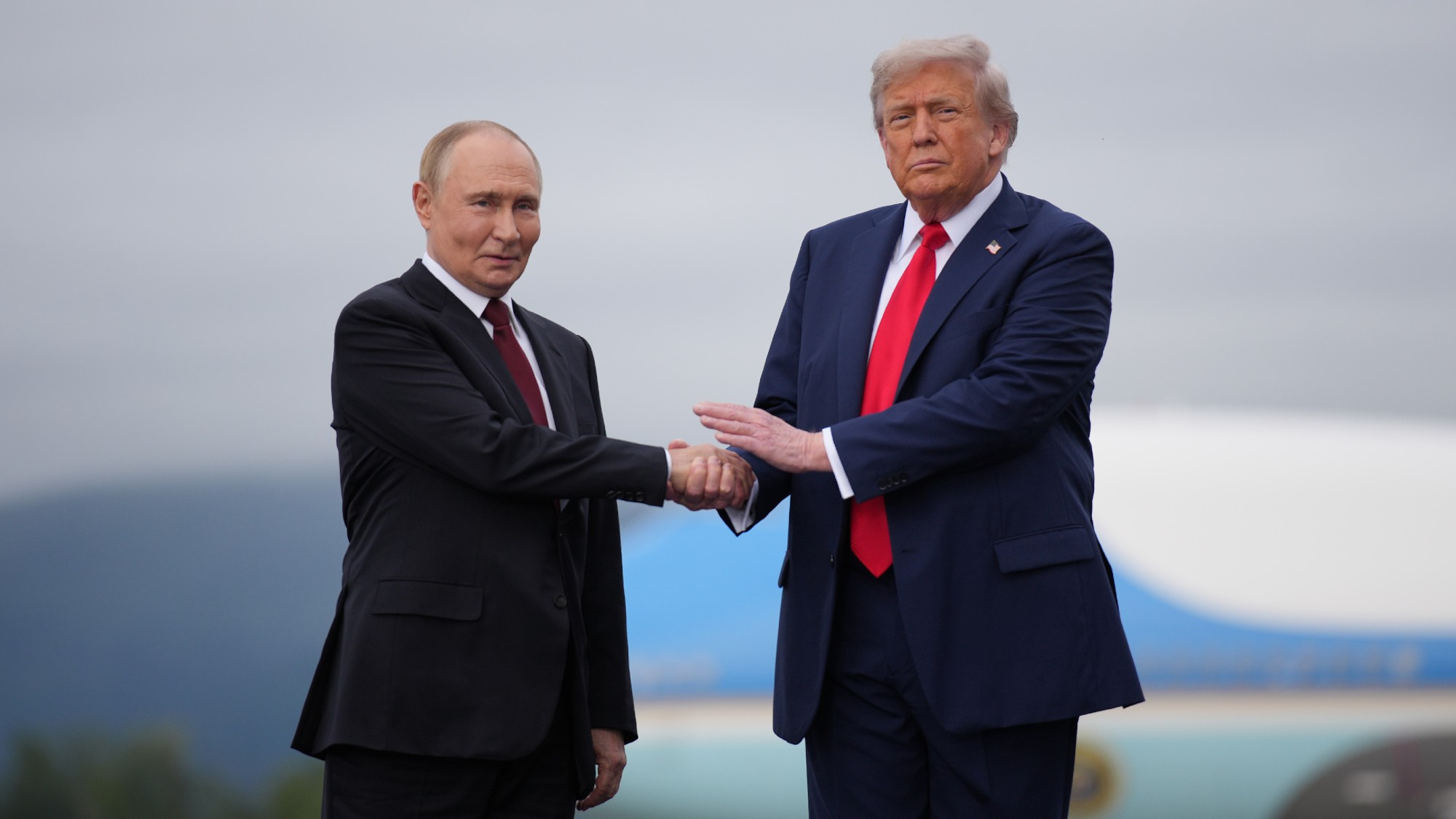 Pushing for peace: is Trump appeasing Moscow?
Pushing for peace: is Trump appeasing Moscow?In Depth European leaders succeeded in bringing themselves in from the cold and softening Moscow’s terms, but Kyiv still faces an unenviable choice
-
 Femicide: Italy’s newest crime
Femicide: Italy’s newest crimeThe Explainer Landmark law to criminalise murder of a woman as an ‘act of hatred’ or ‘subjugation’ but critics say Italy is still deeply patriarchal
-
 Brazil’s Bolsonaro behind bars after appeals run out
Brazil’s Bolsonaro behind bars after appeals run outSpeed Read He will serve 27 years in prison
-
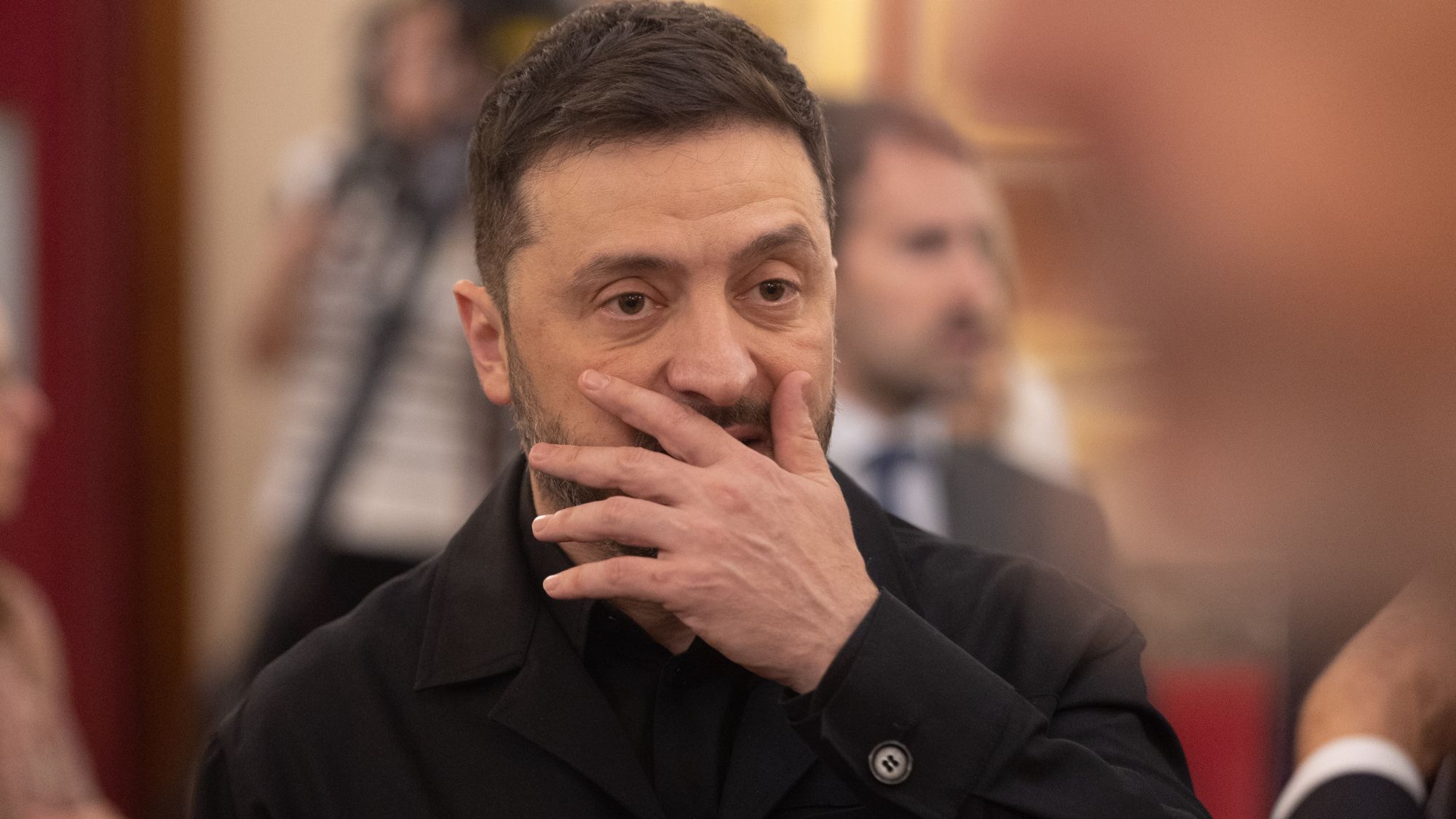 The $100mn scandal undermining Volodymyr Zelenskyy
The $100mn scandal undermining Volodymyr ZelenskyyIn the Spotlight As Russia continues to vent its military aggression on Ukraine, ‘corruption scandals are weakening the domestic front’
-
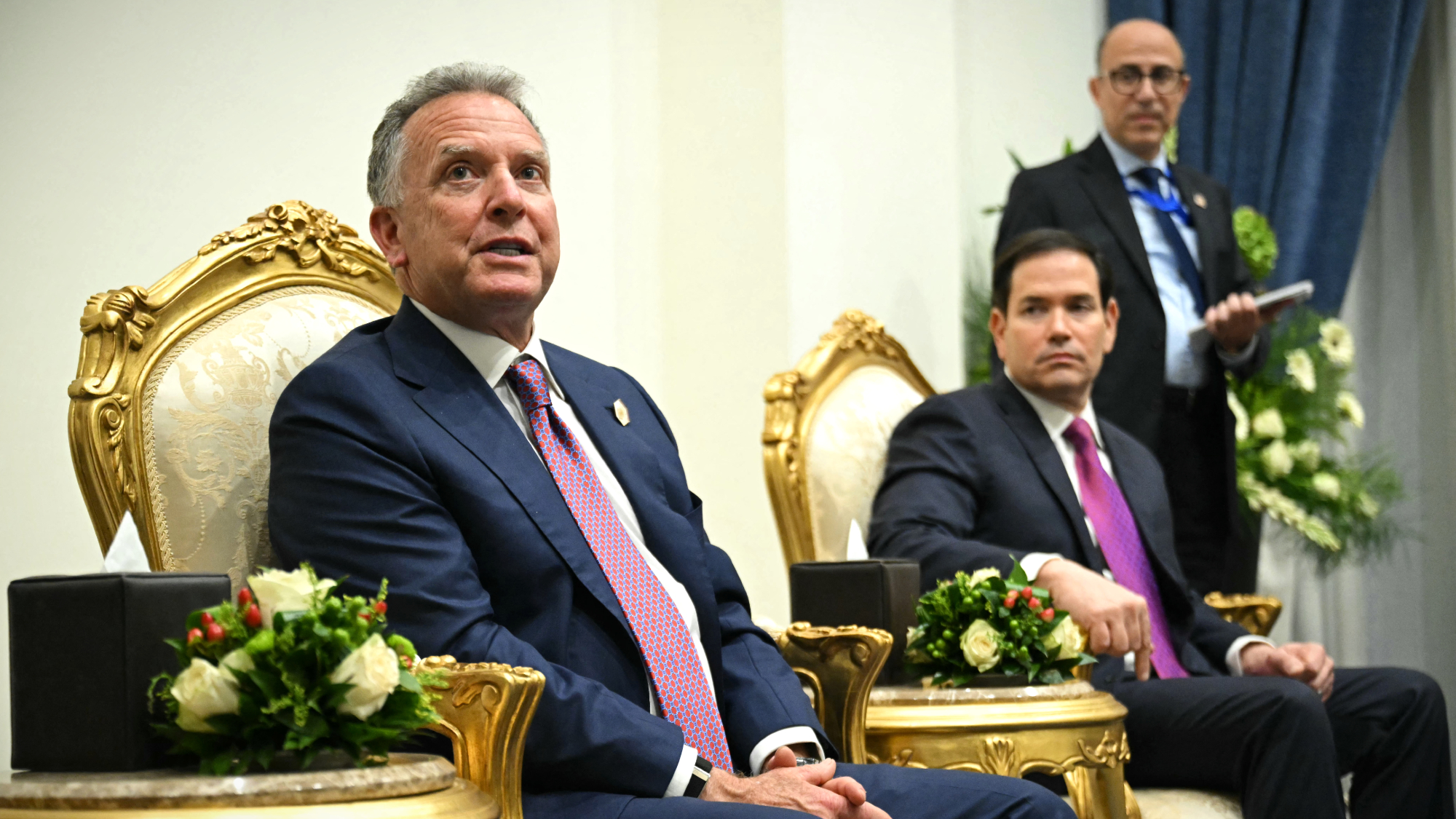 Trump pushes new Ukraine peace plan
Trump pushes new Ukraine peace planSpeed Read It involves a 28-point plan to end the war